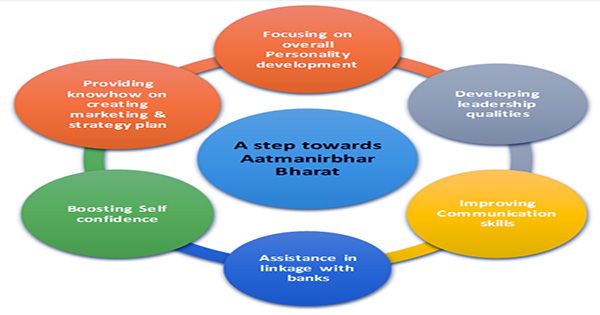LinkedIn, which was founded in 2003 and soon became the first worldwide professional social media network by making it simple to build and track professional relationships, quickly became the first global professional social media network.
Y Combinator (YC) and other accelerators formed around the same time as a mainly analog mechanism for entrepreneurs willing to invest three months of their time and 6% of their firm in exchange for en masse training and connections to mentors, colleagues, and investors.
While both LinkedIn and Y Combinator are still going strong, a new generation of firms is attempting to bridge the gap between the two methods by offering organized online experiences that combine training and connections to assist individuals in achieving their professional objectives.
The creation of these organizations is part of a wider trend of professional development democratization, fueled in part by a growing awareness and knowledge of the gap between what traditional educations provides young people and employers require.

Indeed, according to the OECD, at least 80 million European employees are mismatched in terms of their credentials and what is required in the labor across a wide range of industries.
As a result, it is encouraging that the unbundling process is increasing access to high-quality professional development and education. Lower pricing, shorter courses, and material that is more directly related to vocations make it simpler for people to retrain and upskill as needed.
Gone are the days when a $50,000-$250,000 MBA was the only way to acquire a great business education, and a $20,000-$300,000 university course was the only way to go into a highly-skilled career. Similarly, access to coaching and mentoring at the individual and group levels is improving within this increasingly democratized system. Companies like The PowerMBA, which provides an MBA alternative for $800-$1,000, On Deck, which sells professional development courses and communities for around $3,000, and Dorm, which delivers mentorship assistance and networks to entrepreneurs for $150 per month, are among the new ways.
What are the similarities and differences between these approaches? In comparison to traditional education courses, they are generally, not approved by traditional academic institutions, and are shorter, condensed, concentrated, and firmly related to professions and outcomes. Many providers emphasize the “exclusivity” and “focus” of their communities in their communications and marketing.
In addition, there will almost always be some content related to the courses — the amount will mostly depend on the course’s and offer’s objectives (i.e., content is shared, but not the central offers of most accelerators, incubators, and mentoring providers).
It is worth noting that the majority of these paths are spectra along which providers might position themselves. With this in mind, Brighteye Ventures built a market map of the many organizations that assist people in furthering their professional education, with an emphasis on business and entrepreneurship education. It is not intended to be exhaustive, but rather to show the diverse spectrum of organizations that operate in the field. Where appropriate and accessible, we have given total investment (including IPO) for the firms in each of the categories for illustration reasons.















